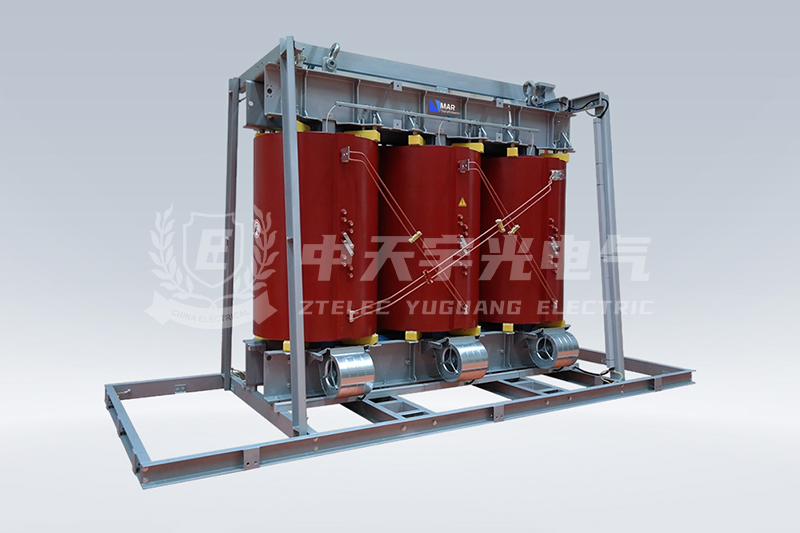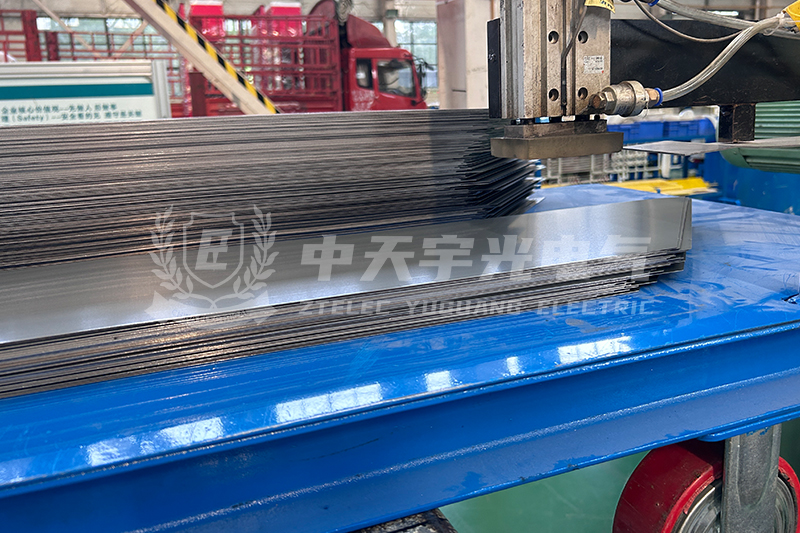Innovations and Breakthroughs in Dry-Type Transformer Standards
In the field of power transmission and distribution, transformers play a critical role in ensuring reliable energy delivery. Among them, dry-type transformers are gaining momentum due to their safety, reliability, and environmental advantages. Recent years have seen remarkable progress in materials, structural design, digitalization, environmental performance, and energy efficiency. This article explores these breakthroughs in detail.

1. Advanced Material Technologies
High-Performance Insulating Materials
Nano-Modified Resins: By incorporating nanoparticles (e.g., SiO₂) into epoxy resins, mechanical strength, thermal conductivity, and partial discharge resistance are significantly enhanced. These improvements help extend transformer lifespan and reduce maintenance needs, particularly in high-voltage, high-load environments.
Bio-Based Insulation: Environmentally friendly insulating materials derived from renewable sources—like plant oil-based resins—offer biodegradability and reduce the ecological footprint of transformers, aligning with global sustainability goals.
High-Temperature Resistance: Insulation systems rated for H-class (180℃) or higher enable better overload tolerance, ensuring consistent operation under fluctuating load conditions and improving grid reliability.
Low-Loss Core Materials
Amorphous Alloy Core: These cores reduce no-load loss by up to 80% compared to conventional silicon steel. Although limited by cost and brittleness, new manufacturing methods are being developed to overcome these challenges.
Ultra-Thin Oriented Silicon Steel: With thickness under 0.18mm, these materials reduce eddy current loss and improve efficiency in high-frequency power systems.
2. Structural Design and Heat Dissipation
3D Printing Technology
3D printing allows the creation of complex winding and cooling structures, such as bionic fins, enhancing heat dissipation and enabling transformers to operate reliably under high loads.
Modular Design
Standardized modules enable fast customization, reduce manufacturing cycles, and lower costs. Modular transformers can be quickly adapted to suit diverse power applications and load requirements.
Next-Generation Cooling Techniques
Phase Change Cooling: Using evaporative media like fluorinated liquids, this method increases cooling efficiency by over 30%, making it ideal for large-capacity transformers.
Heat Pipe Technology: By transferring heat efficiently to external radiators, this approach ensures stable performance in confined or poorly ventilated environments.

3. Intelligence and Digital Transformation
IoT and Built-In Sensors
Multi-parameter sensors (temperature, vibration, partial discharge, humidity) integrated into transformers support real-time monitoring. With AI-driven predictive maintenance, failures can be prevented before they occur.
Digital Twin Technology
Digital twins replicate physical transformers in a virtual environment, enabling simulation of operation and testing of maintenance strategies without disrupting service.
Edge Computing
Edge computing empowers transformers to process data locally, reducing cloud dependence. This ensures faster response times, improves reliability, and enhances cybersecurity.
4. Environmental Protection and Sustainability
Halogen-Free Flame Retardants
Non-toxic flame retardants based on phosphorus and nitrogen reduce harmful emissions during transformer fires, enhancing safety for personnel and minimizing environmental impact.
Recyclable Design Concepts
Designs that facilitate material separation and recovery—such as segmented epoxy resin structures—enable efficient recycling and resource conservation.
Noise Reduction
Low-magnetostriction core materials and active noise cancellation technologies reduce noise to below 45dB, enhancing the comfort of residential and public spaces.
5. Energy Efficiency Standard Advancements
Super First-Class Energy Efficiency
Transformers meeting this new standard exhibit 15–20% lower no-load and load losses, significantly reducing energy consumption and supporting emission reduction efforts.
Wideband Adaptability
Transformers with wideband capabilities are designed to handle high-frequency harmonics common in renewable energy systems, ensuring stable operation and enhanced power system compatibility.
From high-efficiency core materials to intelligent monitoring systems and sustainable design innovations, dry-type transformer technology is undergoing a transformative evolution. These advancements are not only enhancing performance and reliability but also playing a vital role in meeting global energy efficiency and environmental goals.
- more+releated article
- 2025-10-21Application of K Factor Transformer
- 2025-10-21Detailed explanation about transformer model w
- 2025-10-2010kV Oil-Immersed Transformer Safety: Lightnin
- 2025-10-20What are The Advantages of Phenolic Cotton Clo
- 2025-10-17Are Three-Phase Isolation Dry-Type Transformer
- 2025-10-17G10 Epoxy Sheet: Choosing the Right Specificat
- 2025-10-1610kV Oil-Immersed Transformer Operation Inspec
- 2025-10-163240-B Epoxy Phenolic Glass Fiber Cloth Lamina
- 2025-10-15G10 Epoxy Sheet: The Preferred Insulation Mate
- 2025-10-15Analysis of Energy-Saving and Noise Control Te





